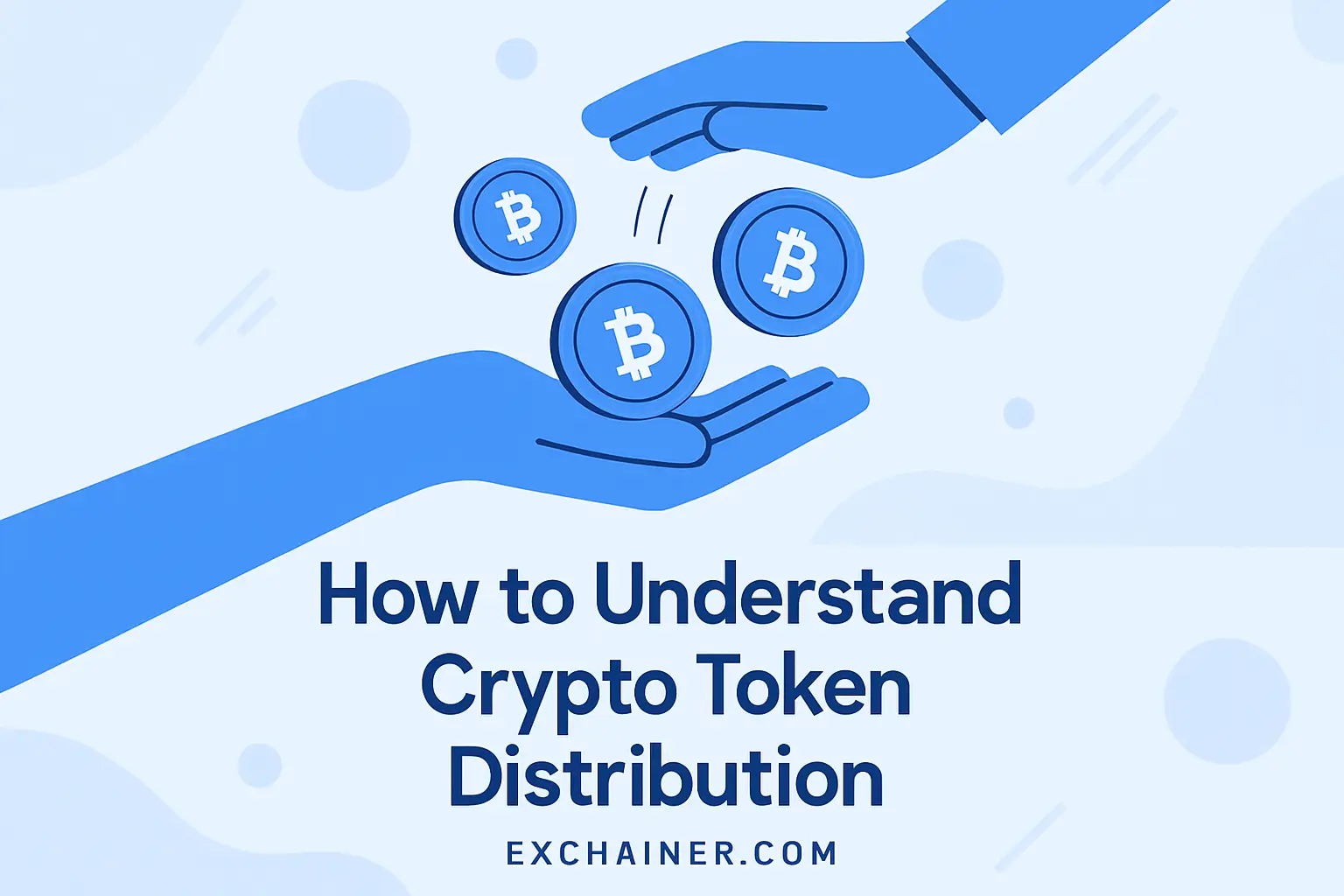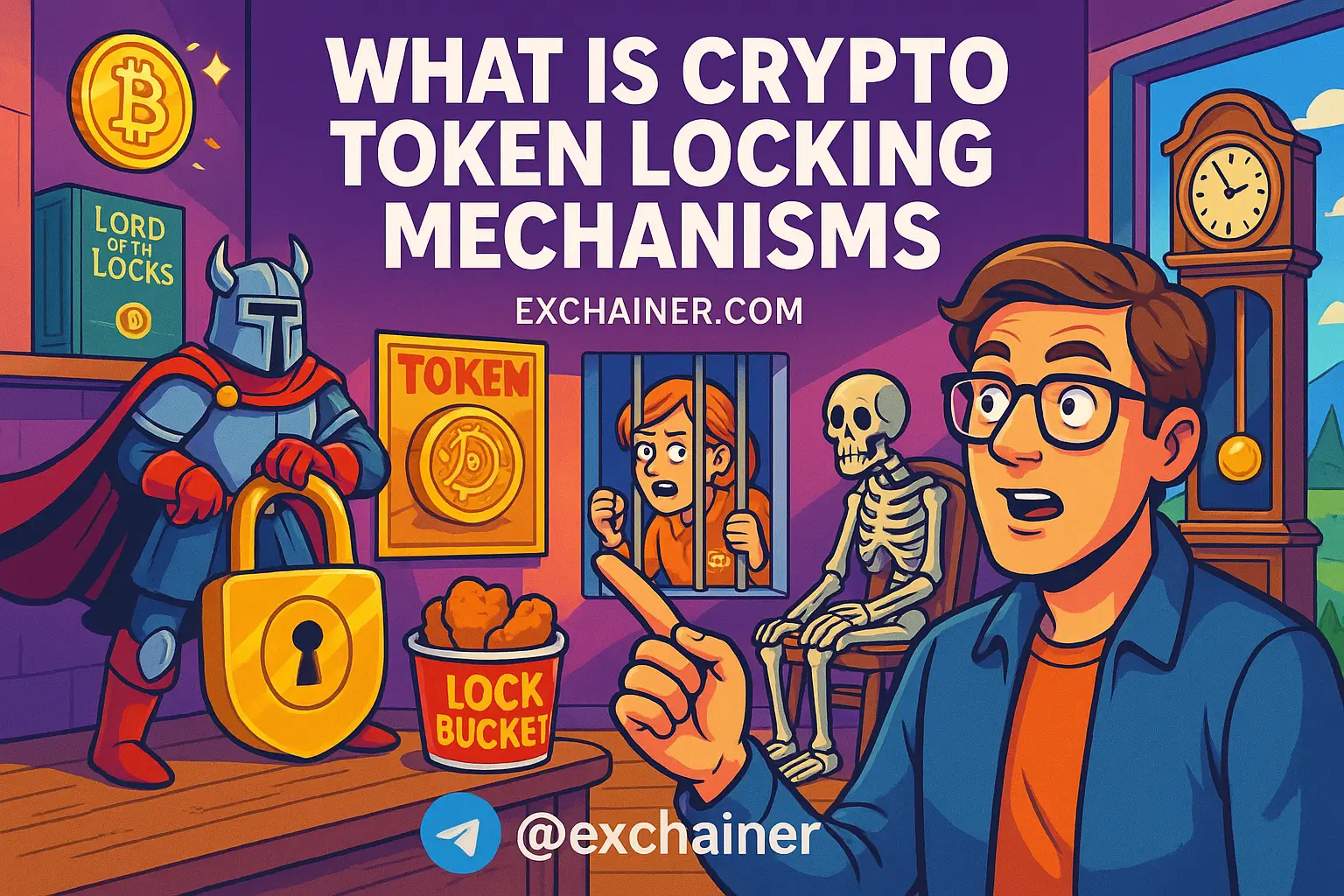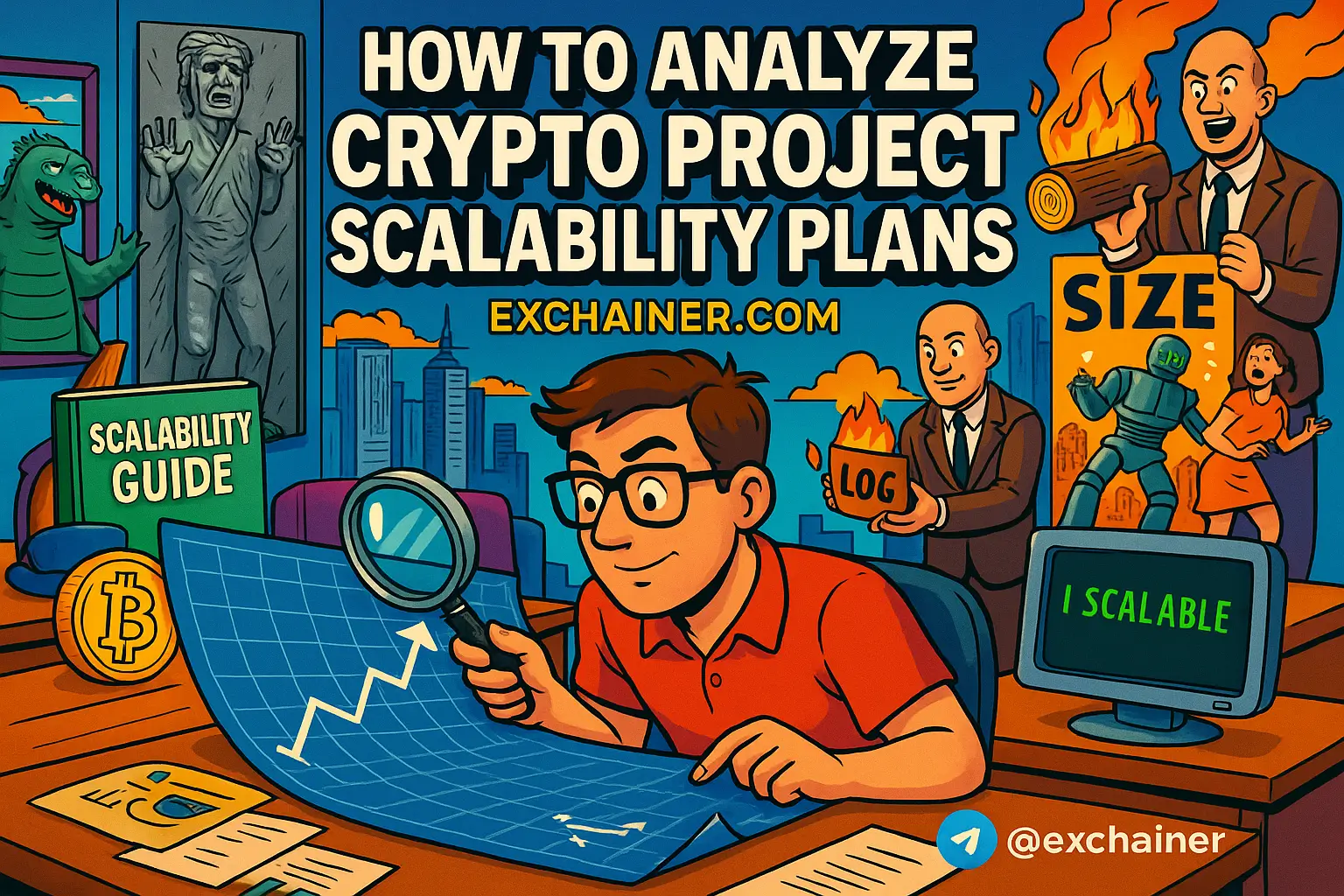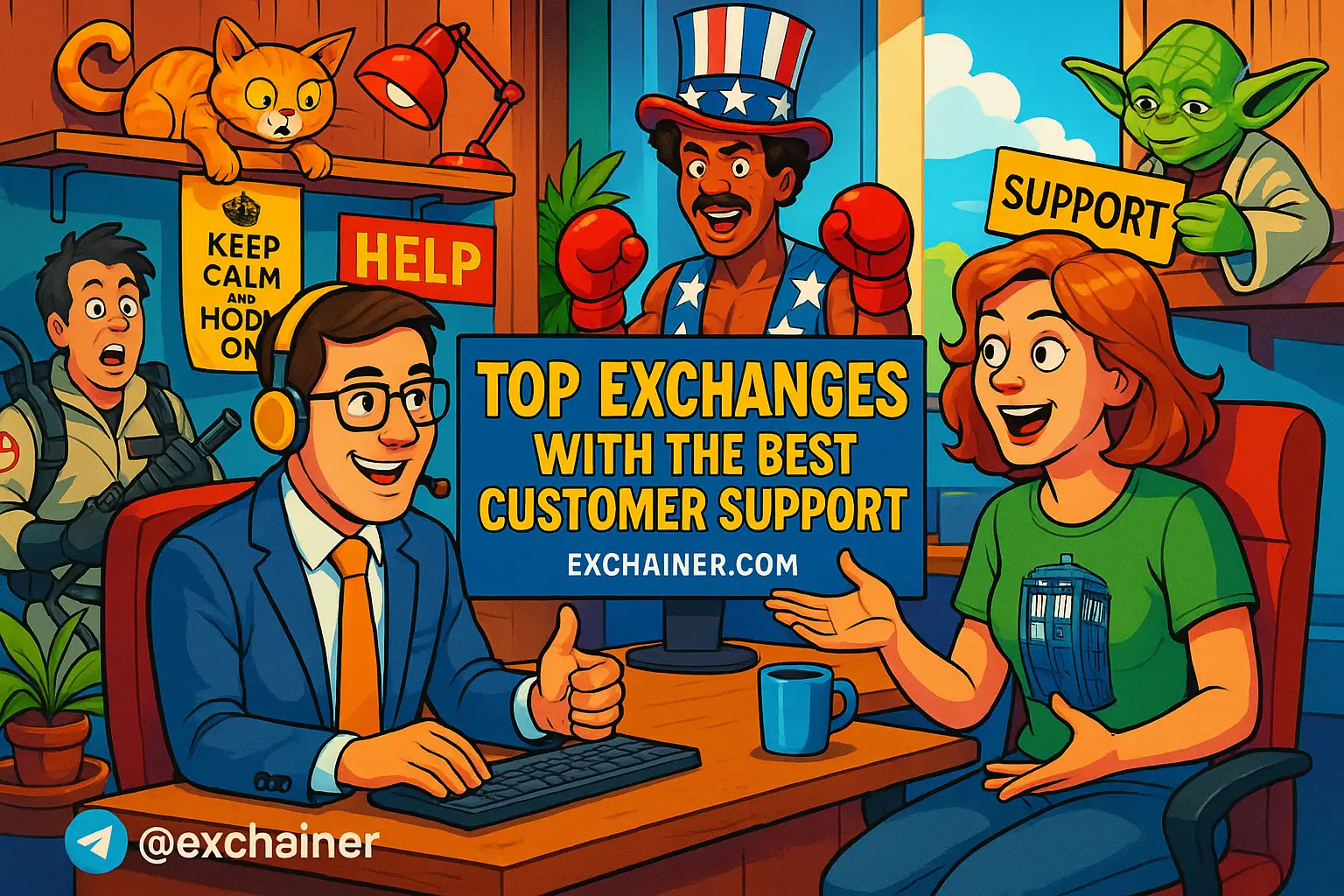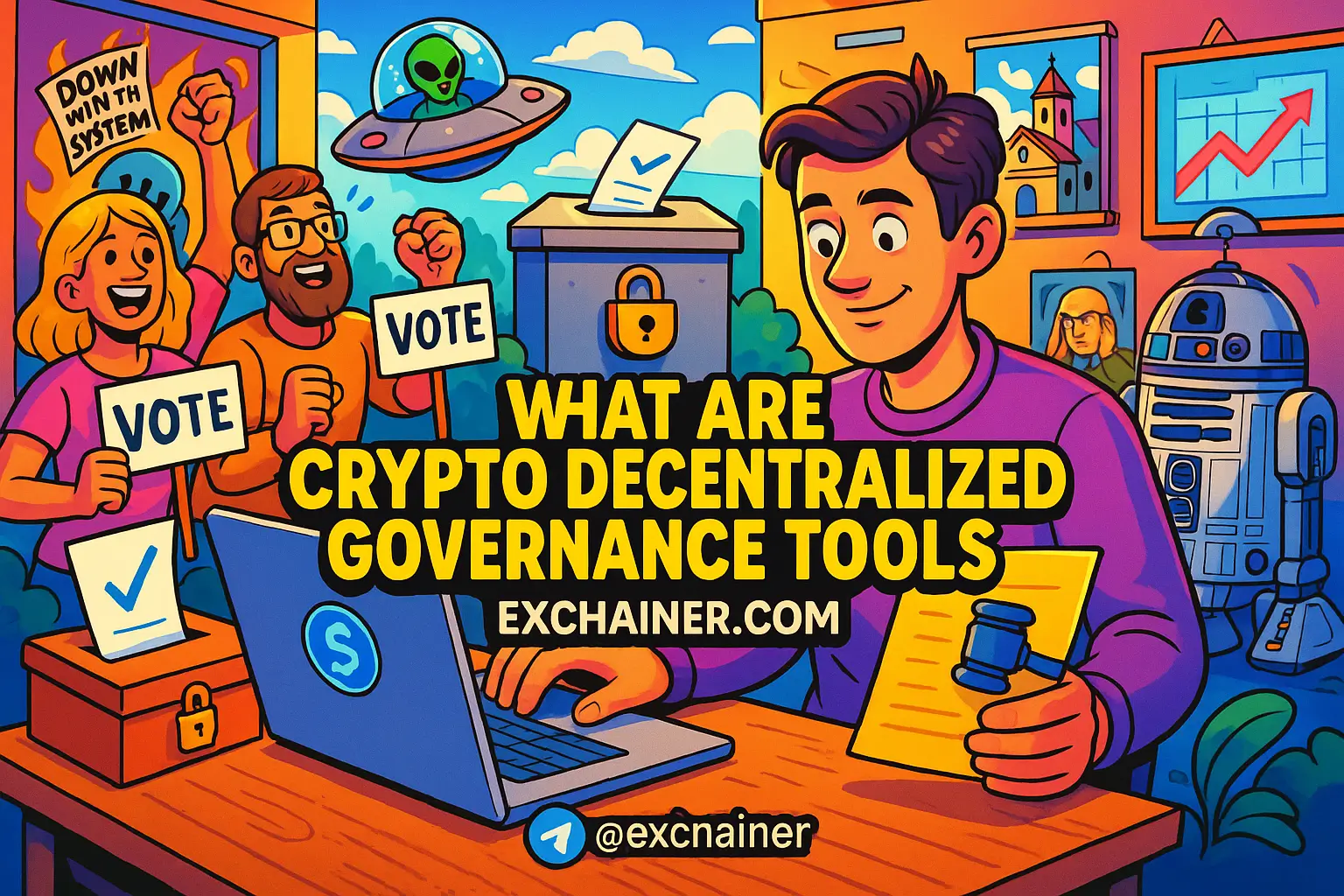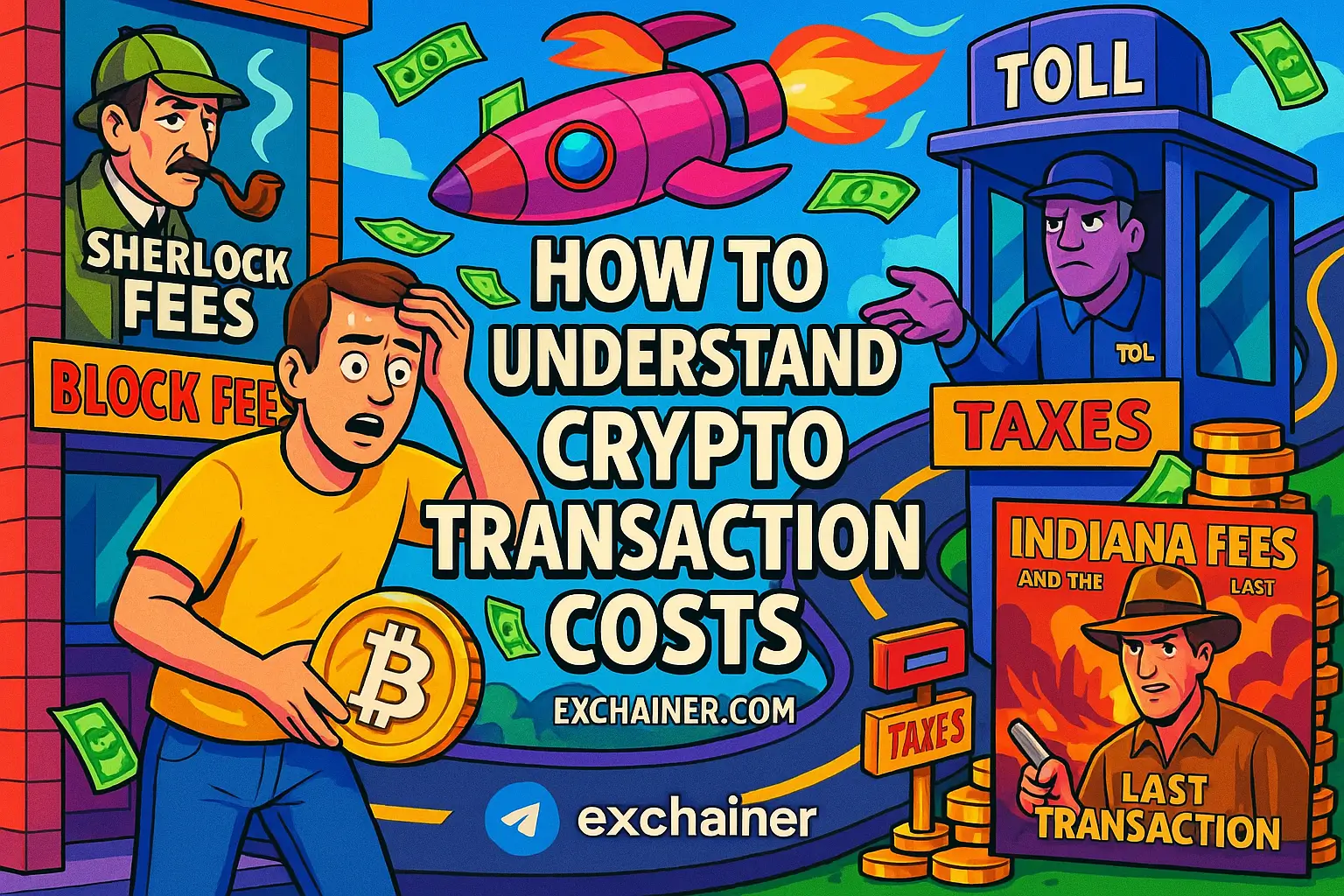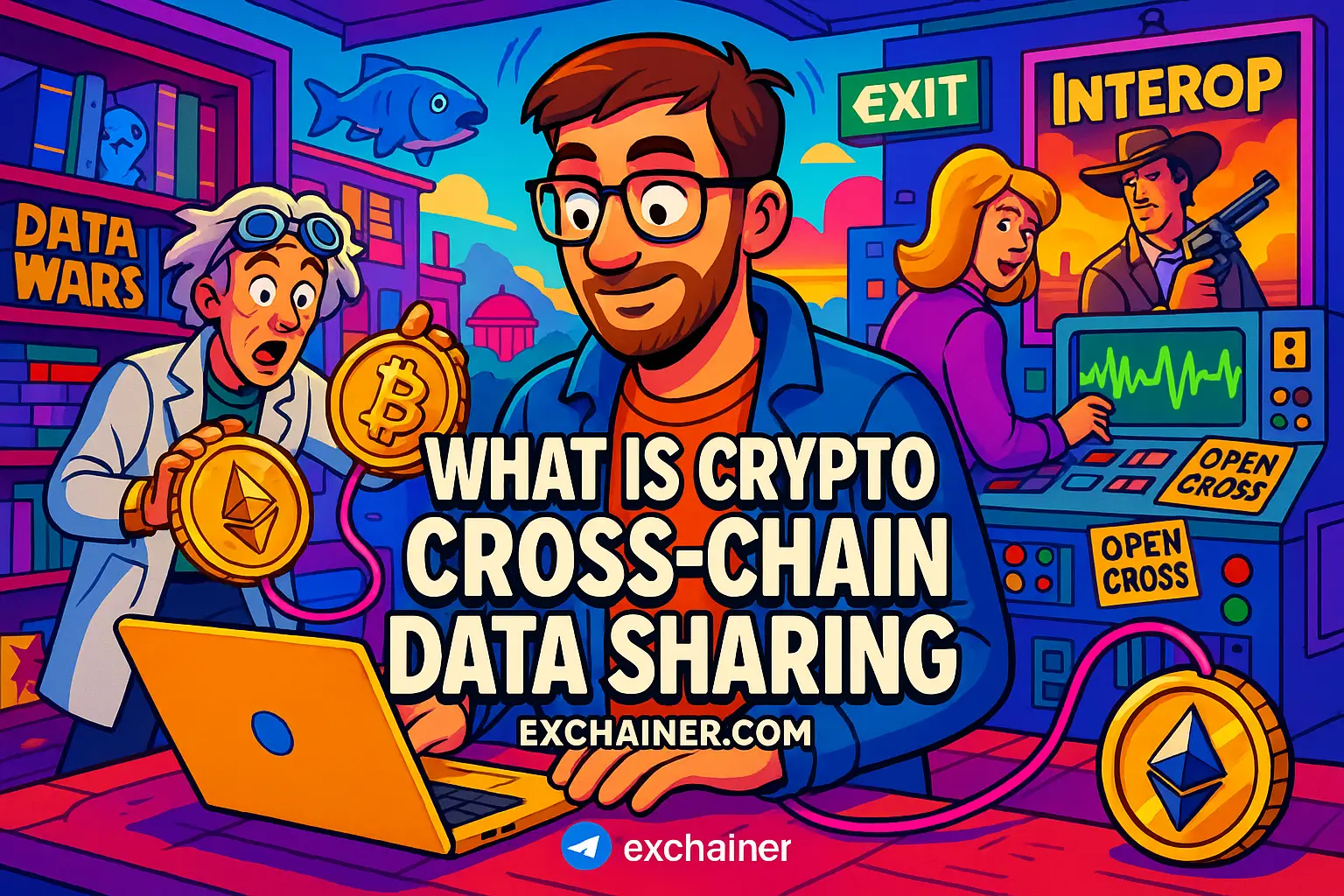Introduction
Friends, if you have ever dipped your toes into the world of cryptocurrency, you've probably heard about token distribution but felt a bit lost about what it means or why it’s important. Well, you're not alone! Understanding token distribution is essential for anyone who wants to navigate the crypto space wisely and avoid getting caught in confusion or scams. Simply put, token distribution explains how the coins or tokens of a crypto project are shared among its community, founders, investors, and other stakeholders. This factor can deeply influence a project's success, price stability, and user trust.
Why should you, as a beginner or even an intermediate crypto enthusiast, care about token distribution? Because the way tokens are allocated and released impacts the project’s fairness, decentralization, and long-term growth potential. Whether you’re considering investing in a new token, participating in an airdrop, or just want to understand market dynamics, grasping the basics of token distribution will give you a smarter edge.
Throughout this guide, we will break down the concept of token distribution from the ground up. We’ll explore what it involves, why it matters for your crypto portfolio, and how to spot red flags or opportunities. Plus, you’ll get practical tips that you can apply immediately when evaluating any crypto token. Ready to unlock this crucial piece of crypto knowledge? Let’s dive in!
What Is Crypto Token Distribution?
Token distribution refers to the way a cryptocurrency’s tokens are divided and allocated among various participants. This can include project founders, developers, private and public investors, the community, and sometimes even charitable causes or ecosystem partners. It’s like carving up a big pie, except the “pie” here is all the tokens that a crypto project creates.
Token supply types to know:
- Total supply: The total number of tokens that will ever exist for a project.
- Circulating supply: Tokens currently available for trading or use by the public.
- Maximum supply: The theoretical upper limit on token numbers if the total supply is capped.
A well-planned token distribution strategy ensures that tokens are not too heavily concentrated in the hands of a few people — this would risk centralization and price manipulation. It also helps create incentives for long-term holders and supports the project’s development over time.
Why Token Distribution Is Critical
Imagine if one person held 99% of all tokens of a project — that person could control the entire network, dictate prices, and even dump tokens suddenly, crashing the market. That’s why understanding token distribution tells you how decentralized a project really is, how stable the price might be, and whether community members have a fair shot.
Some factors to consider:
- Is there a large “founder’s stash” that could flood the market?
- How many tokens are locked or vested over time to prevent sudden sell-offs?
- Are tokens fairly distributed in initial coin offerings (ICOs) or initial exchange offerings (IEOs)?
By analyzing these, you gauge how much faith you can have in a project’s longevity and price behavior.
Common Token Distribution Models Explained
Every crypto project chooses a distribution method that fits its goals. Let's break down some popular models using simple examples.
Initial Coin Offering (ICO): In ICOs, a portion of tokens is sold to investors upfront, usually at a discount. The idea is to raise funds to build the project. For instance, if a project issues 100 million tokens, they may sell 50 million in the ICO, reserve 20 million for the team, and keep the rest for ecosystem growth.
Initial Exchange Offering (IEO): An IEO is similar to ICO but takes place on cryptocurrency exchanges. Here, the exchange facilitates the token sale, adding a layer of trust and visibility.
Airdrops: Think of airdrops as free giveaways of tokens to users’ wallets to promote adoption and decentralization. For example, in 2024, airdrops worldwide distributed over $500 million worth of tokens! This method drives community engagement. If you want to know more about airdrops, check out our beginner's Crypto 101 resources.
Mining Rewards: For proof-of-work blockchains like Bitcoin, tokens are distributed as mining rewards to incentivize network security and participation.
Staking Rewards: On proof-of-stake networks, tokens are rewarded to users who lock their coins to validate transactions.
Each model has its pros and cons. Some favor quick capital raise, others promote decentralization, and some aim at engaging users actively.
Vesting and Lock-up Periods
To avoid founders or early investors dumping tokens immediately for profit ("pump and dump"), many projects use vesting schedules. This means tokens are released gradually over months or years rather than all at once. For example, a team member’s 10 million tokens might be locked for 6 months, then released 10% monthly after that. It builds trust because it aligns their incentives with the project's success.
When checking token distribution, look for clear information on vesting — this is a positive sign and reduces risk.
How Token Distribution Affects Crypto Trading
Now here’s where it gets practical for those of you interested in trading or investing.
The distribution model directly affects price movements, liquidity, and market sentiment. Let’s break it down:
Price Stability: If a large percentage of tokens is locked or vested, fewer tokens flood exchanges, which often results in steadier prices. On the other hand, if lots of tokens enter the market suddenly, expect more volatility.
Liquidity: Tokens widely held across many wallets generally have better liquidity, meaning it’s easier to buy or sell without huge price swings.
Market Manipulation Risks: Poor distribution where a few wallets hold massive portions can lead to manipulation or "whale" dumps that crash prices unexpectedly.
Example scenario: You spot a new altcoin and see from its tokenomics that 70% of tokens belong to founders with no lock-up. This is a red flag. If they decide to sell fast, the price will likely drop dramatically. As a trader, you’d want to avoid such a risky coin or only invest a little after monitoring closely.
On the flip side, coins with transparent, fair token distribution tend to build confidence and grow steadily over time.
Tips for Evaluating Token Distribution Like a Pro
- Always read the project’s whitepaper or official documentation. Look for a detailed tokenomics section.
- Use tools like CoinMarketCap’s token distribution charts to visualize allocations.
- Check for vesting schedules and lock-up periods.
- Research the team’s reputation and previous projects. A trustworthy team usually has responsible distribution.
- Follow community feedback — sometimes good or bad distribution practices get discussed openly on Reddit or Telegram.
Common Terms You Should Know
Let’s clear up some crypto jargon related to token distribution:
Airdrop: A marketing strategy where free crypto tokens are distributed to wallet holders, often to boost adoption.
Tokenomics: The economics of a token’s supply, demand, distribution, and incentive mechanisms.
Vesting: The process of gradually unlocking tokens over time to prevent immediate selling.
Lock-up period: A set timeframe during which tokens cannot be sold or transferred.
Whales: Investors or entities holding large amounts of tokens, which can influence market prices.
Understanding these will help you decode every token distribution announcement or project whitepaper you encounter.
Real-World Examples of Token Distribution
Let’s bring it all home and look at a couple of real examples to see token distribution in action.
Ethereum (ETH): When Ethereum launched in 2015, it distributed 72 million ETH in a pre-sale ICO to investors. Developers and the foundation held some reserves, but there was transparency and no massive concealed stash. Ethereum’s ongoing mining rewards distribute ETH fairly to miners.
Shiba Inu (SHIB): SHIB’s token distribution had a unique twist — initially, half the supply was locked on Uniswap, while the other half was sent to Ethereum co-founder Vitalik Buterin, who later burned 90% of his tokens. This move reduced supply and boosted community trust.
These cases show how token distribution shapes not only price but also the community’s trust.
Conclusion
Understanding token distribution is a game-changer for anyone serious about crypto. It unlocks insights into how a project is structured, how tokens flow, and what risks or opportunities lie ahead. By mastering this concept, you become better equipped to evaluate new tokens, avoid scams, and make educated investment decisions. Keep an eye on supply types, vesting schedules, and holder concentration whenever you consider a crypto asset.
Remember, cryptocurrency is still evolving, and every project brings something new to the table. So, stay curious, ask questions, and learn continuously. As Mark Twain once said, "The secret of getting ahead is getting started." Start understanding token distribution today and watch your crypto knowledge grow.
For more in-depth guides on crypto fundamentals, trading strategies, and the best wallets to use, be sure to explore our other categories on Crypto 101, Exchange Reviews, and Tools and Wallets. Happy trading, friends!

